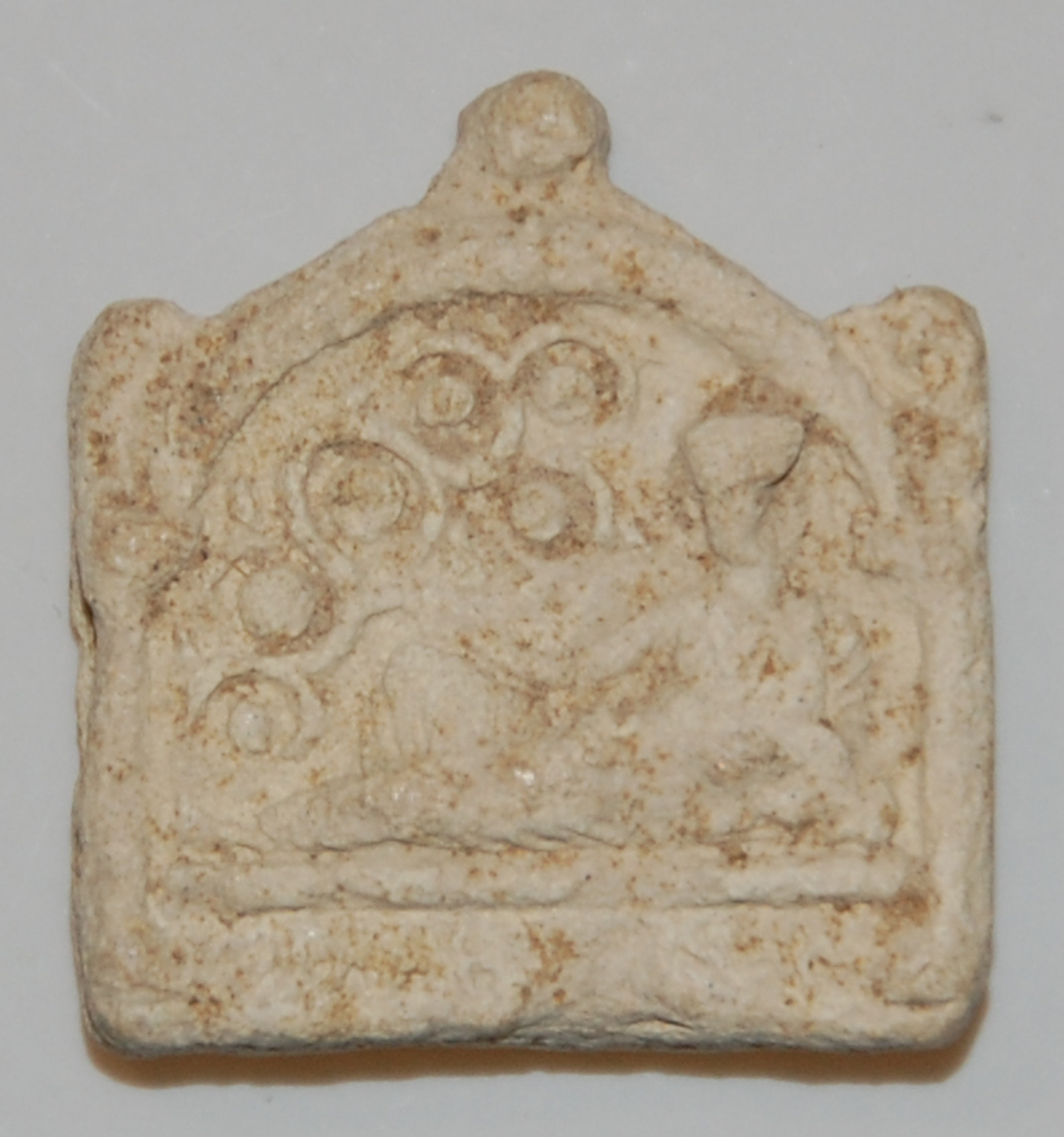Urban sustainability will be investigated through the past in a new research project on Palmyra in Syria
Rapidly growing populations, depletion of resources and changing climate. These challenges demand attention today. In order to handle them, it is highly relevant to inquire into societies of the past and their ways of approaching such challenges.

Ancient urban societies retain vital knowledge about sustainability. A new research project is to examine this knowledge, so that also a long-term perspective may begin to inform politicians and policymakers in the present. When sustainability strategies are developed and applied, there is often a lack of focus on strategies deployed by communities in the past. However, there is a lot we can learn from the past.
Long-term perspective in focus
Center Director Rubina Raja, Professor of Classical Archaeology at Aarhus University, will direct a new research project where the long-term perspective is in focus. Over the course of the next four years, a research team will study circular economy in the ancient oasis city Palmyra in the Syrian Desert. Through a circular economy, an economic system produces and reproduces without being drained. This entails that resource input and waste are reduced to a minimum.
Circular economy in Palmyra
In antiquity, Palmyra was a hub for trade. Under Roman rule, the city flourished in the first 300 years CE. Based on archaeological objects from Palmyra and historical sources about the life of the city, a complex circular economy will be examined. Cities are often classified as ‘consumer cities’, but most urban centres of the past were self-sufficient. They depended on managing their own resources. Therefore, the mechanisms of circular economies of the past and the factors driving the systems can contribute with fundamental knowledge. Knowledge that may provide a basis for solving present-day issues.
One of the central tasks in the project will be to work with fluctuations in the population of Palmyra and to understand the mechanisms behind. By uniting a large archaeological material with computer simulations, ancient cities can be approached in a new way. The new project uses the results from the already existing Palmyra Portrait Project, which has recorded and collected data on limestone portraits from the ancient city since 2012. More than 4000 portraits are already in the database. The circulation of raw materials and the degree of reuse over time can be illustrated through the portraits. They are also a key source for examining social networks over a long period, and with the large dataset, comparative studies up to modern times are possible. The research team will also study Palmyrene coins and the so-called tesserae, which were used as entrance tickets for religious banquets. Both groups of material will be collected in a large corpus, shedding light on the city’s different economies – on both public, private and religious fronts.
The research project Circular Economy and Urban Sustainability in Antiquity: Comparative Perspectives from the Ancient World with a Point of Departure in Palmyra has received support from the Augustinus Foundation and the Carlsberg Foundation. The project is based at Centre for Urban Network Evolutions and Aarhus University.
